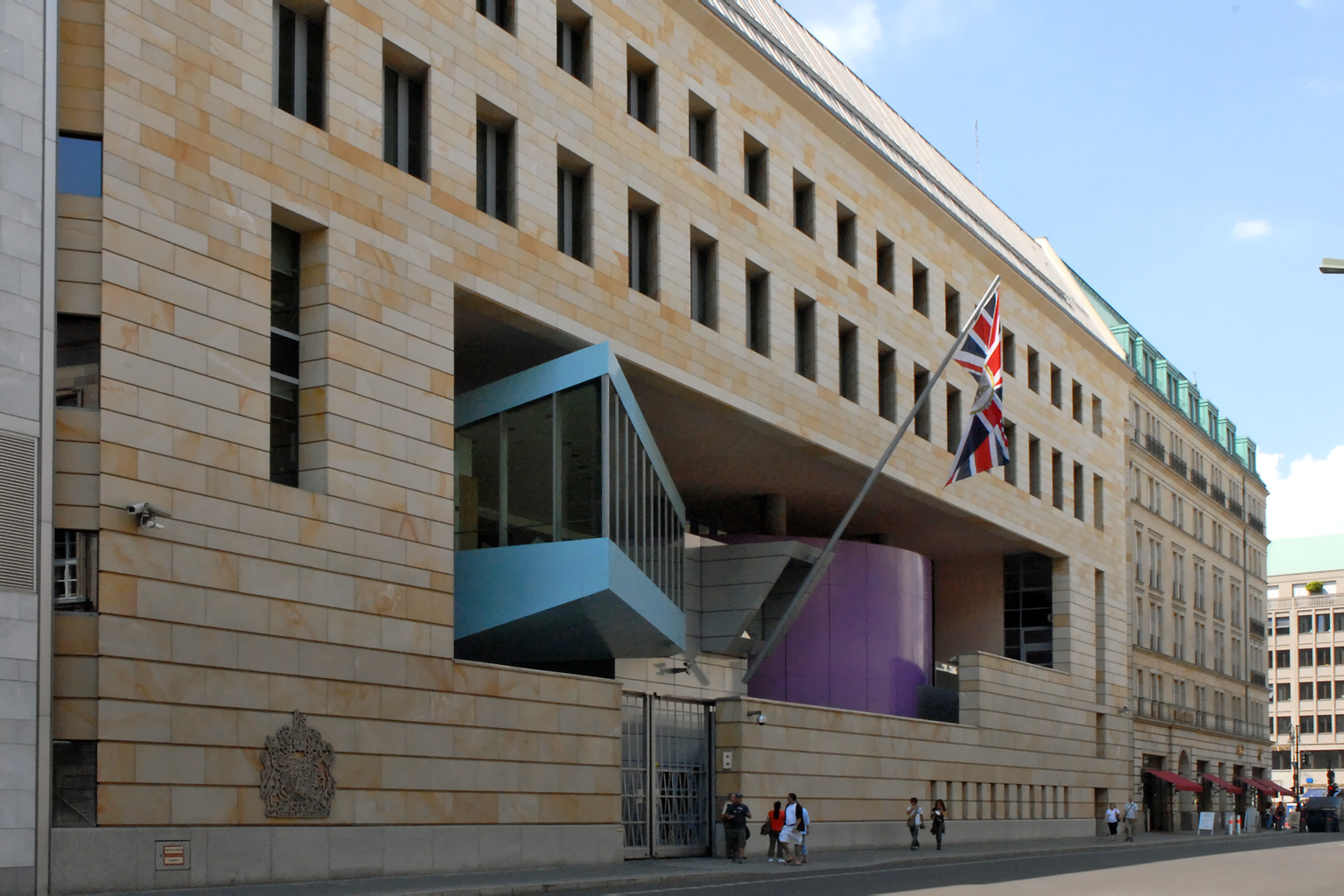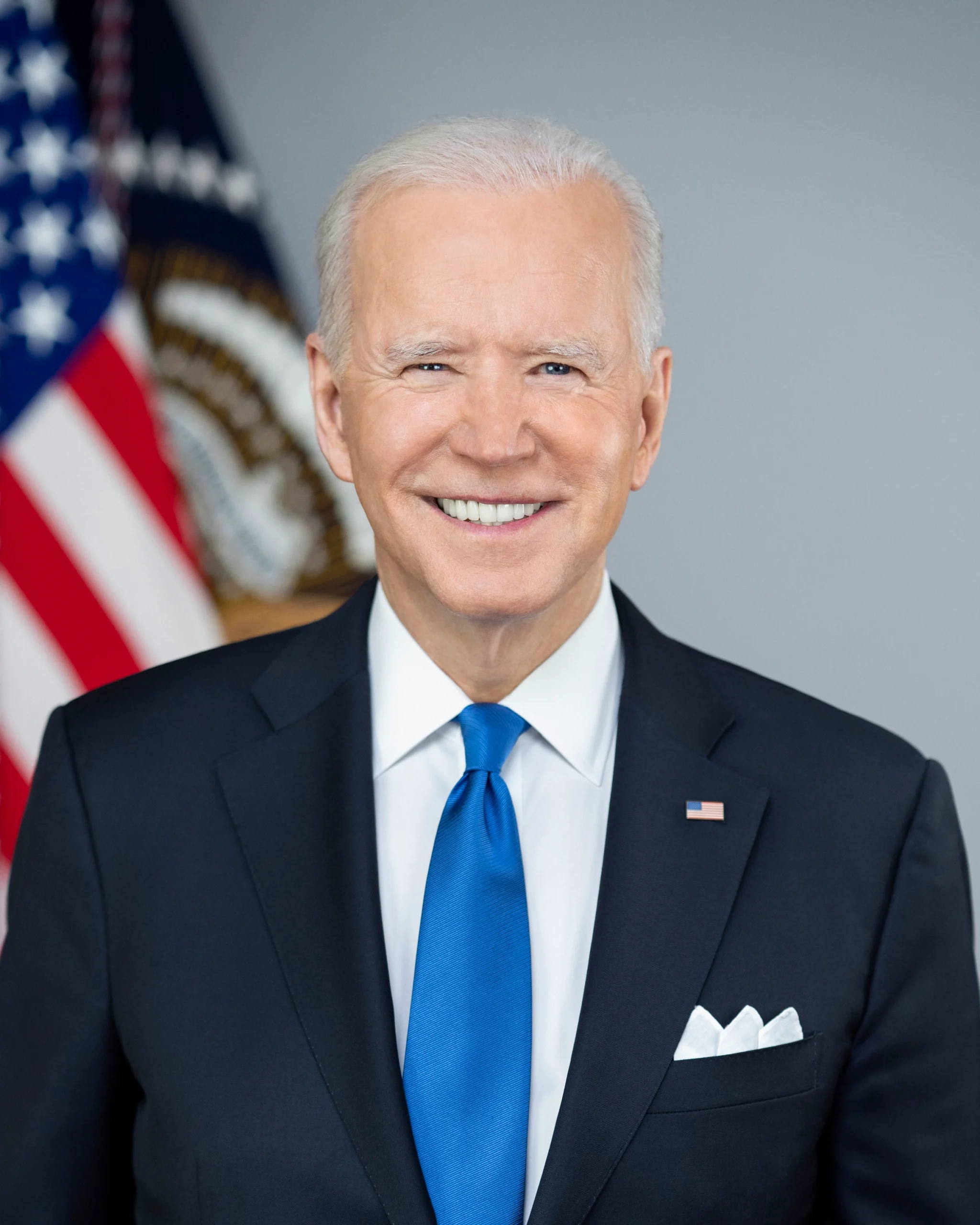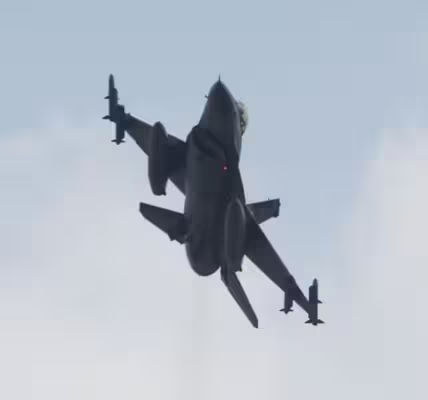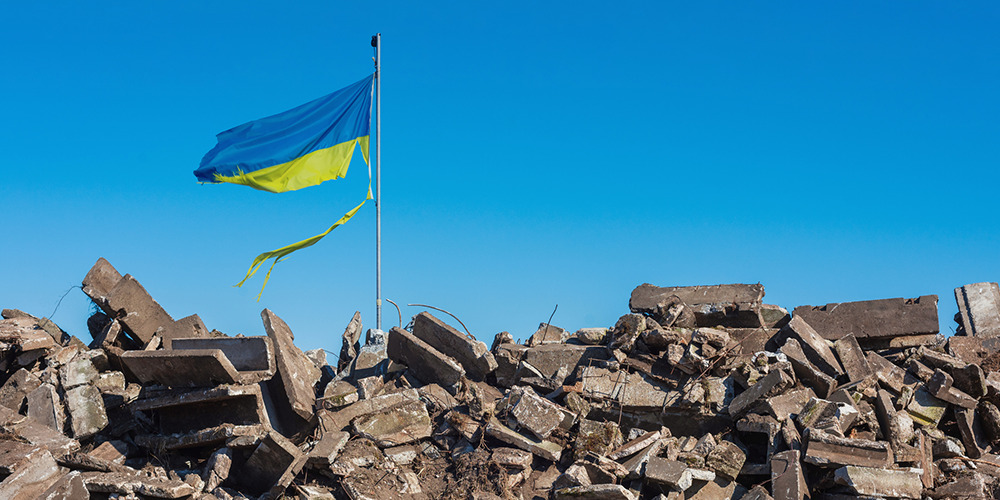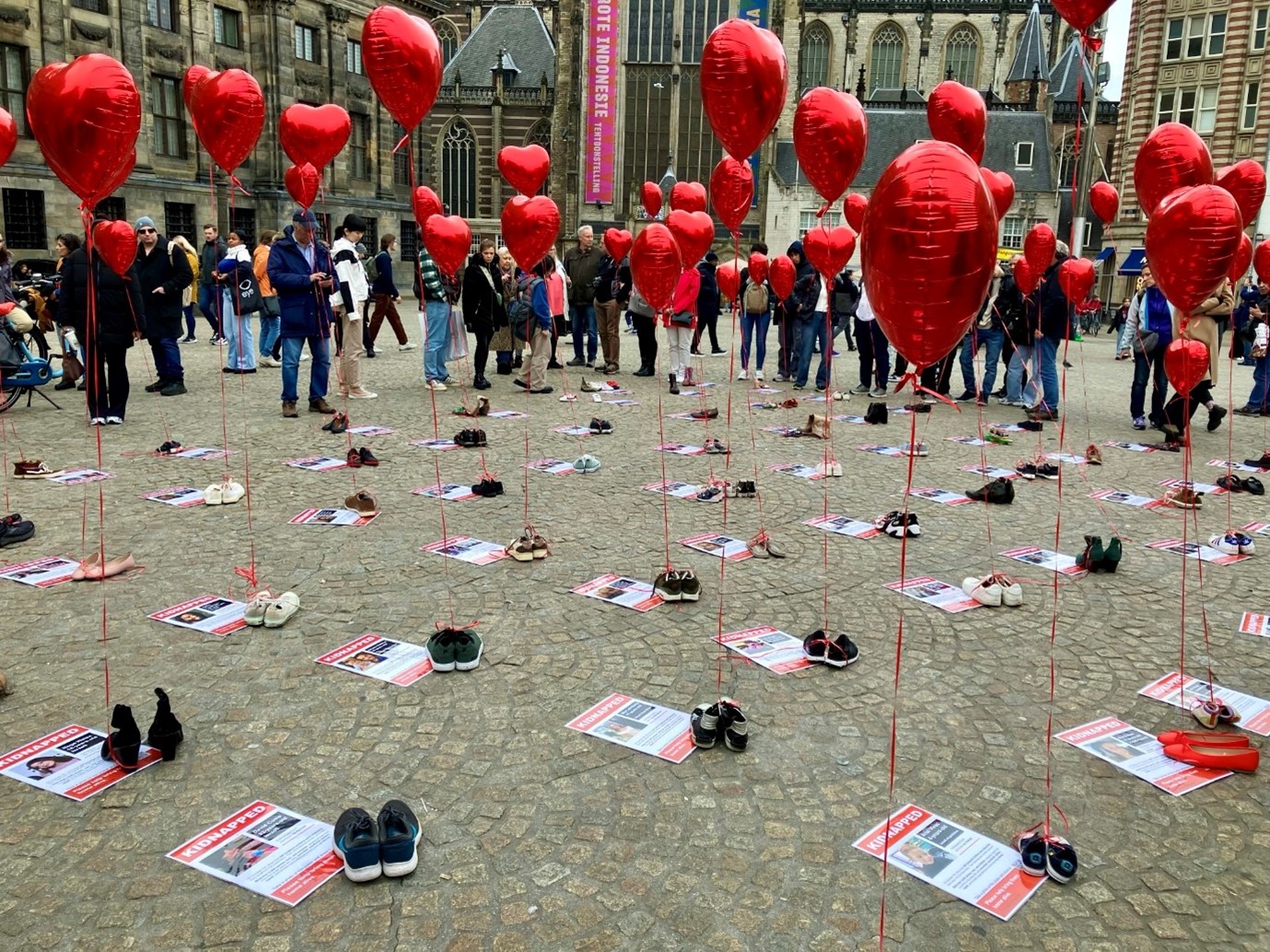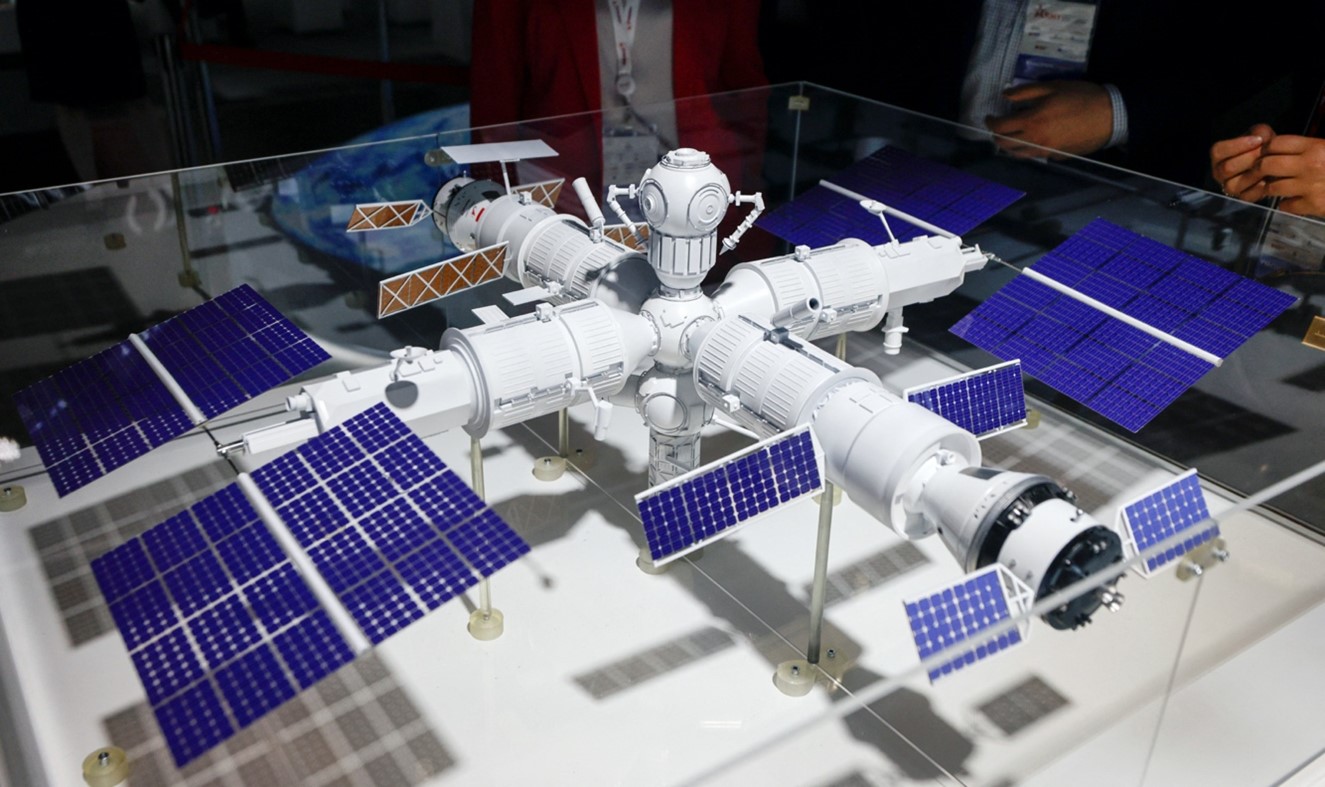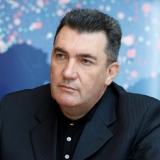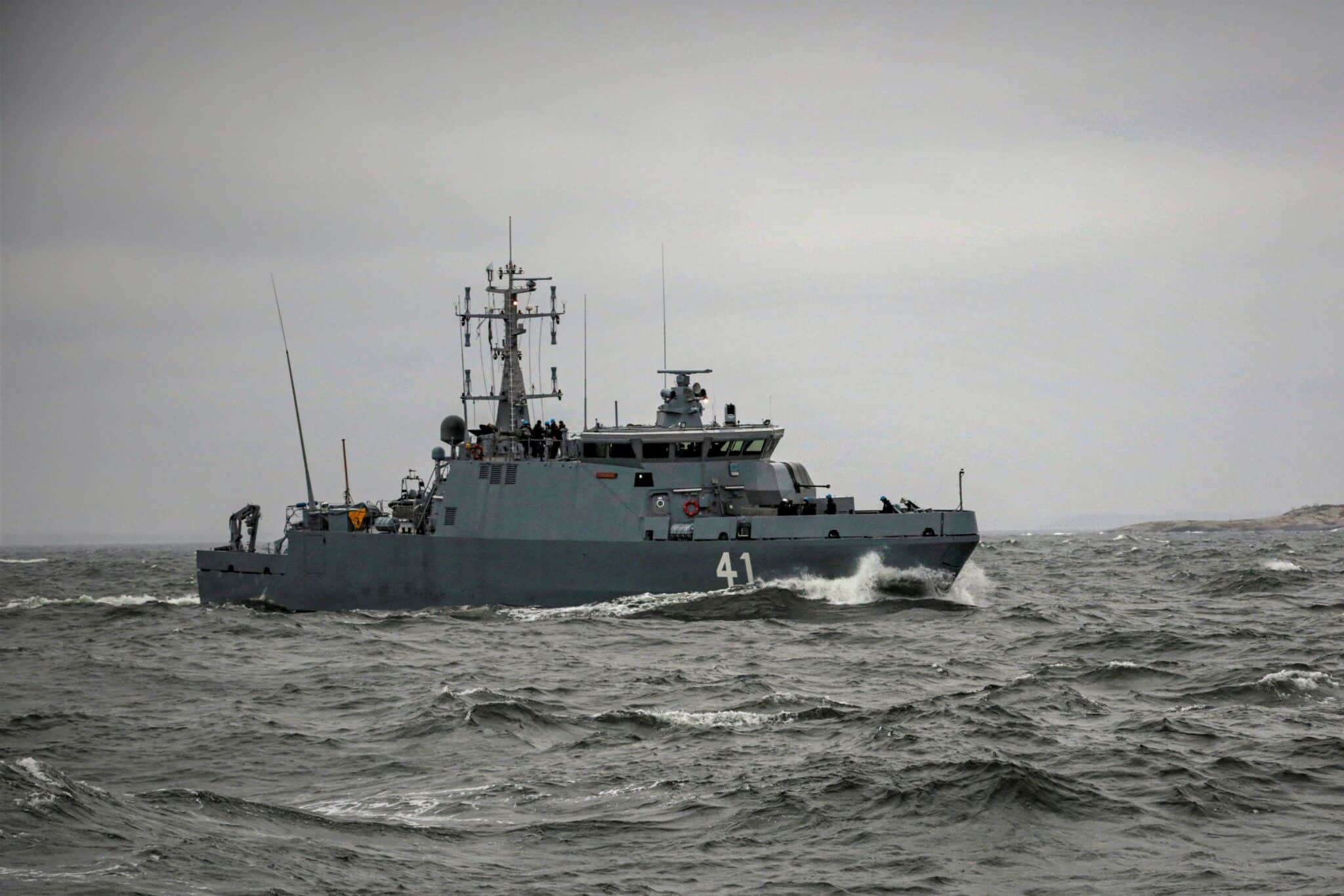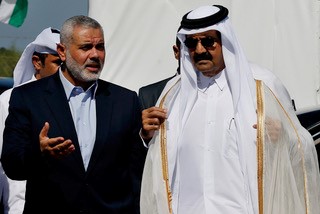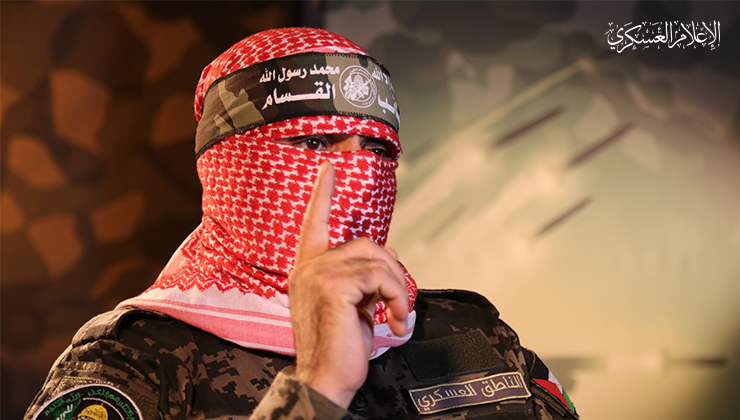
Russia will deploy its latest fibre-optic drones when its anticipated summer offensive in Ukraine begins, military analysts have said.
Fibre-optic drones are controlled via a cable, making them immune to electronic jamming. The drones are operated through a 15km-long fibre-optic line — similar to fishing wire — which transmits images to the pilot instantaneously.
These weapons have already been used to fly along forest tracks, attack Ukrainian supply lorries, and penetrate bunkers to kill soldiers.
According to a new report by the Royal United Services Institute (RUSI), the British defence and security think tank, Russia has developed a tactic using these drones that could provide an edge over Ukrainian forces in the coming months.
While ceasefire talks have been ongoing, Russia has spent months “innovating” to overcome Ukraine’s drone defences, wrote Dr Jack Watling, the report’s author.
Ukrainian drone advances had previously enabled them to neutralise Russian reconnaissance UAVs using “interceptors” — drones that blinded Russian units attempting to deploy glide bombs and ballistic missiles behind Ukrainian lines.
Ukraine established what soldiers call the “death zone”, a 15km-deep area stretching back from the frontline, dominated by surveillance drones that direct kamikaze UAVs onto targets.

In response, Russia began using hundreds of motorbikes and quad bikes to quickly move troops to the frontline, seeking to evade detection. But now, the introduction of fibre-optic drones allows Russia to strike back — locating Ukraine’s small radar units, disabling them, and then eliminating the drone operators.
Russian engineers were the first to explore the use of fibre-optic cables attached to drones to bypass electronic warfare countermeasures. Introduced late last year, these drones proved highly effective during Ukraine’s counter-offensive in the Kursk salient — Russian territory seized by Ukraine in August.
Strikes on supply lorries carrying ammunition and rations, and on vehicles evacuating the wounded, rendered Ukraine’s position in the Kursk region untenable.
“Here, the methodology is to use direction finding, signals intelligence, and reconnaissance to pinpoint the location of pilots and then target them with wire-guided (fibre-optic) drones and glide bombs,” Dr Watling wrote.
This could enable Russian forces to penetrate the 15km-deep “belt of attrition” that has, until now, prevented troops from reaching the front in sufficient numbers to break through.
President Vladimir Putin has claimed that, with the help of substantial cash incentives, Russia is recruiting over 50,000 troops per month — far surpassing the estimated 30,000 monthly casualties reported by Ukraine’s Western allies.
With experienced forces also redeployed from the Kursk region, the Kremlin is now poised to concentrate on seizing large swathes of eastern Ukraine.
“Having shuffled commanders and built up reserves of equipment, Russia is now set to increase the tempo and scale of attacks,” Dr Watling said.
Meanwhile, Russia has amassed over 50,000 troops — including some of its elite units — near Ukraine’s north-eastern Sumy region. However, Ukrainian President Volodymyr Zelensky has said Kyiv has taken steps to prevent them from launching a large-scale offensive.
The build-up suggests that Russia is preparing for a summer offensive while Kyiv awaits a memorandum from Moscow outlining its conditions for progressing ceasefire negotiations.
Sumy lies across the border from Russia’s Kursk region, where Ukraine had previously captured and held territory for several months before being almost completely pushed out last month — although Kyiv claims to still control small pockets there.
“Their largest and strongest forces are currently concentrated on the Kursk front,” Zelensky told reporters on Tuesday. “They aim to push our troops out of the Kursk region and prepare offensive operations against the Sumy region.”
Putin has stated that he wants to establish a “buffer zone” along Russia’s border with Ukraine. Zelensky said he believes Russia intends to carve out a strip of Ukrainian territory approximately 10km deep.


